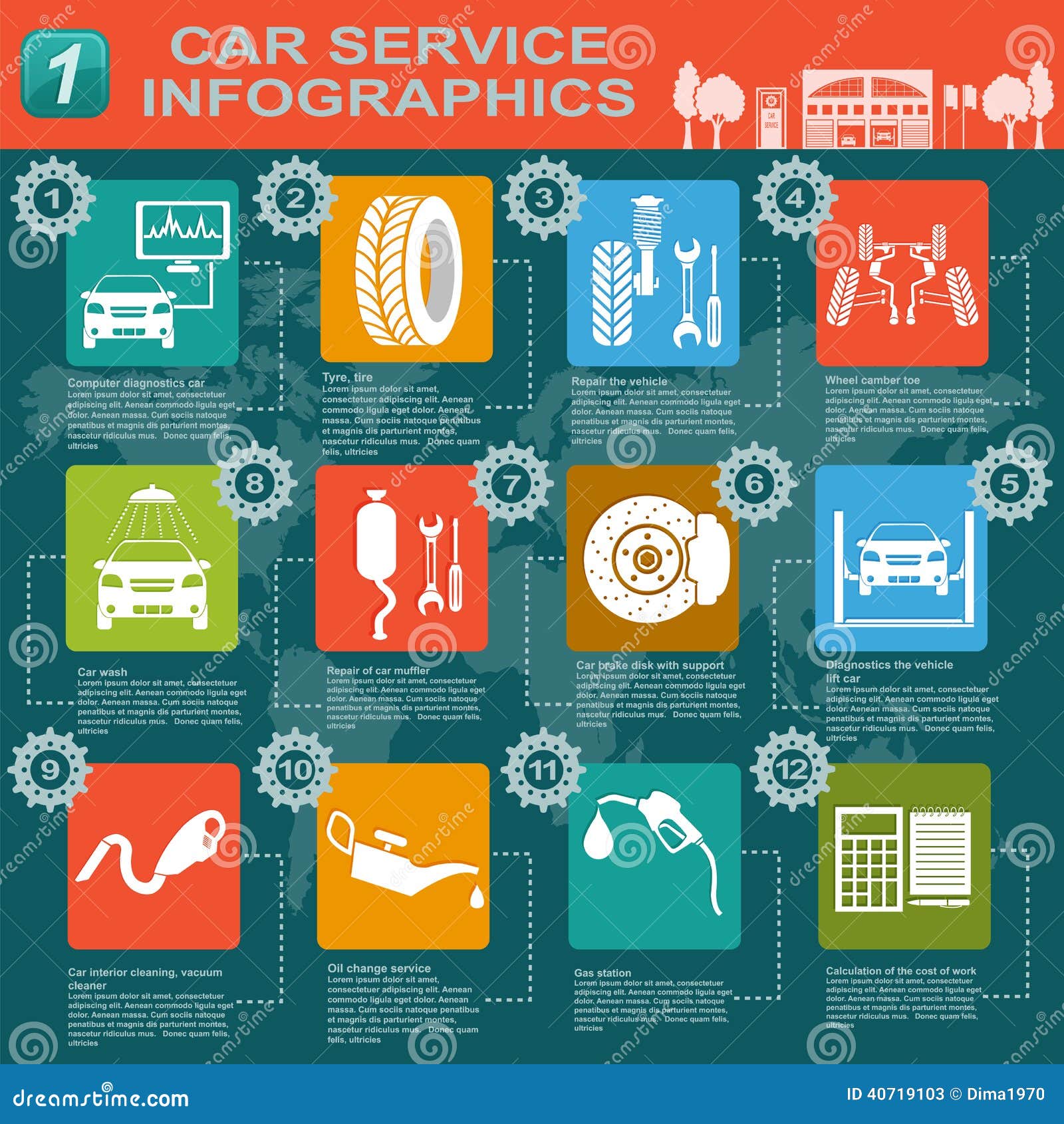Wish To Find Out More Concerning The Warning Lights On Your Dashboard? Reveal What They Indicate Concerning Your Vehicle'S Health And Safety
Wish To Find Out More Concerning The Warning Lights On Your Dashboard? Reveal What They Indicate Concerning Your Vehicle'S Health And Safety
Blog Article
Uploaded By-Lim Torres
When you're behind the wheel, those radiant warning lights on your dashboard can be a bit difficult. Do you know what they're trying to inform you about your auto's health? Understanding the relevance of these lights is vital for your safety and security and the longevity of your car. So, the following time one of those lights appears, would not you want to decode its message properly and take the necessary steps to address it?
Common Caution Lights and Interpretations
Recognize usual caution lights in your car and recognize their meanings to make sure safe driving.
One of the most normal warning lights consist of the check engine light, which signifies concerns with the engine or exhausts system. If https://brakepadsnearme39406.dm-blog.com/31301696/having-a-hard-time-to-decide-on-an-automobile-service-center-discover-professional-advice-on-identifying-credible-solutions-in-your-location-that-will-certainly-aid-you-really-feel-comfortable comes on, it's critical to have your vehicle examined without delay.
The oil stress alerting light indicates reduced oil stress, requiring instant interest to prevent engine damage.
A flashing battery light could suggest a faulty charging system, possibly leaving you stranded if not resolved.
The tire stress surveillance system (TPMS) light signals you to low tire stress, impacting car stability and gas performance. Disregarding this might cause risky driving problems.
The abdominal muscle light suggests a problem with the anti-lock braking system, compromising your capacity to quit promptly in emergencies.
Finally, the coolant temperature advising light warns of engine getting too hot, which can lead to severe damages if not dealt with promptly.
Understanding these common caution lights will aid you deal with concerns immediately and keep risk-free driving problems.
Importance of Prompt Interest
Understanding the common caution lights in your cars and truck is just the initial step; the relevance of immediately dealing with these cautions can not be emphasized sufficient to ensure your safety and security when traveling.
When a warning light illuminates on your dashboard, it's your vehicle's method of connecting a prospective issue that requires focus. Disregarding these cautions can bring about much more serious issues later on, endangering your safety and potentially costing you more in repairs.
Motivate interest to advising lights can prevent malfunctions and crashes. For example, a blinking check engine light can indicate a misfire that, if left neglected, might trigger damage to the catalytic converter. Addressing this without delay can conserve you from a costly fixing.
In Related Site , a brake system advising light might signify reduced brake liquid or worn brake pads, critical elements for your security when driving.
Do It Yourself Troubleshooting Tips
If you discover a caution light on your control panel, there are a couple of DIY troubleshooting ideas you can try before looking for professional assistance.
look at this now is to consult your car's handbook to recognize what the specific caution light indicates. In some cases the problem can be as straightforward as a loose gas cap activating the check engine light. Tightening up the gas cap may fix the problem.
An additional usual issue is a reduced battery, which can cause different alerting lights. Inspecting the battery links for rust and guaranteeing they're safe could repair the problem.
If a warning light continues, you can try resetting it by disconnecting the car's battery for a few mins and after that reconnecting it. Furthermore, checking your vehicle's fluid levels, such as oil, coolant, and brake liquid, can assist repair alerting lights associated with these systems.
Verdict
Finally, comprehending your auto's warning lights is necessary for keeping your automobile running smoothly and securely. By promptly addressing these notifies and knowing what they indicate, you can prevent expensive repair work and potential malfunctions.
Bear in mind to consult your car's manual for specific details on each alerting light and take action as necessary to ensure a trouble-free driving experience.
Remain informed, stay safe when traveling!
